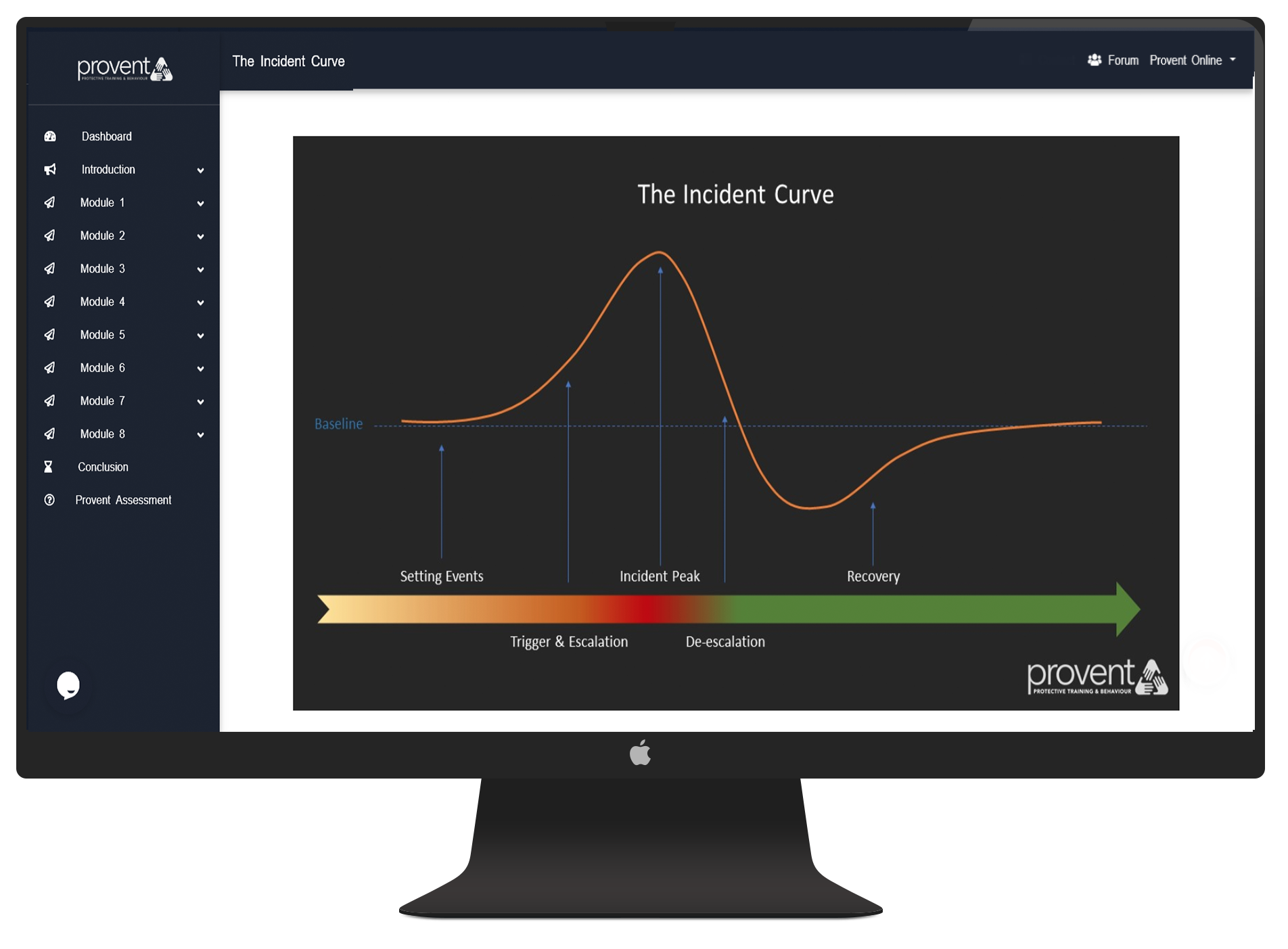
Provent is a protective behaviours course specifically designed to assist people in
managing challenging behaviour presented in the context of the human service care and support provision.
Working with the risk associated with behavioural escalation is a reality for many individuals and work teams.
Provent helps participants to build the knowledge, skills and confidence essential to managing these risks in a
proactive, ethical and safe way. Provent is a multi-stage training course that participants can progress through at
their own pace. Content is broken down into modules with both written and visual information presented throughout.
Each module includes a summary and assessment to ensure participants understand the required concepts. Once all
modules and assessments have been successfully completed, participants are provided with a certificate of completion.
This course is designed to build and enhance an understanding around a culture of protective and safe behaviours at all levels including staff working both directly and indirectly with challenging behaviours. Provent focuses on individual and group strategies and supports Work, Health, and Safety practices to minimise risk and maximise safety for everyone involved
Children Services
Mental Health Services
Disability Support Services
Physical Health Services
SOLUTIONS
Make some noise! Read More
Copyright 2024 - Provent Online PL